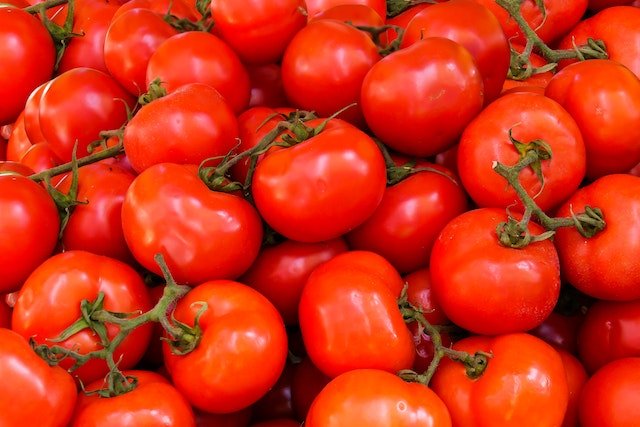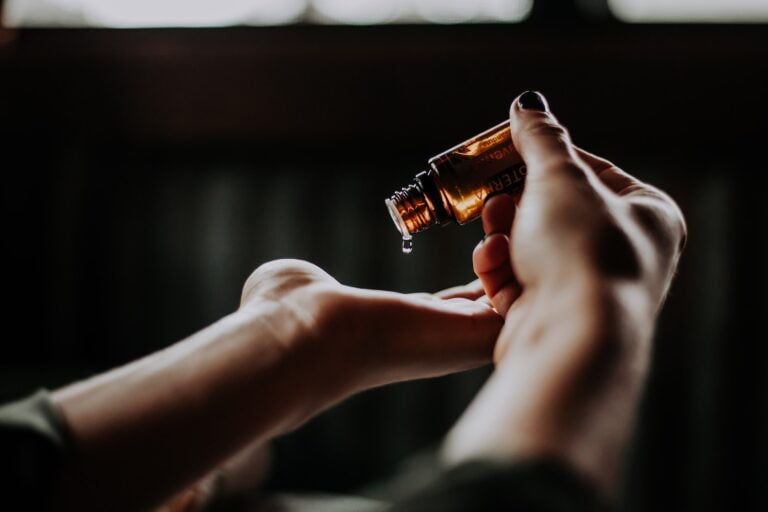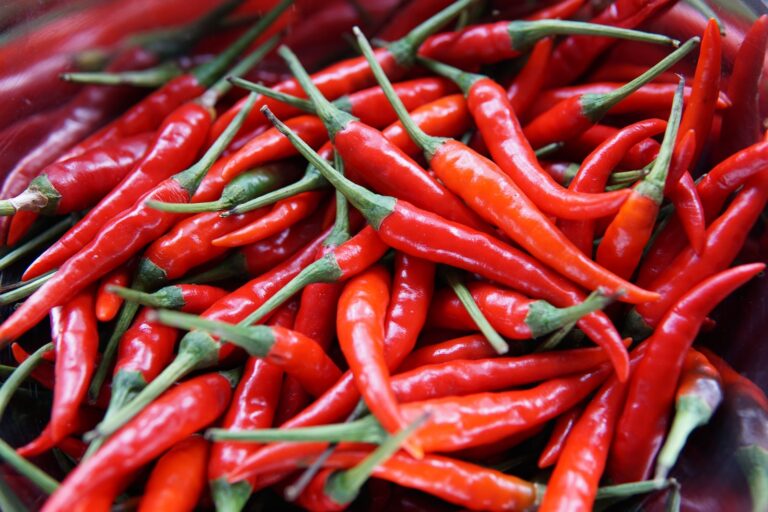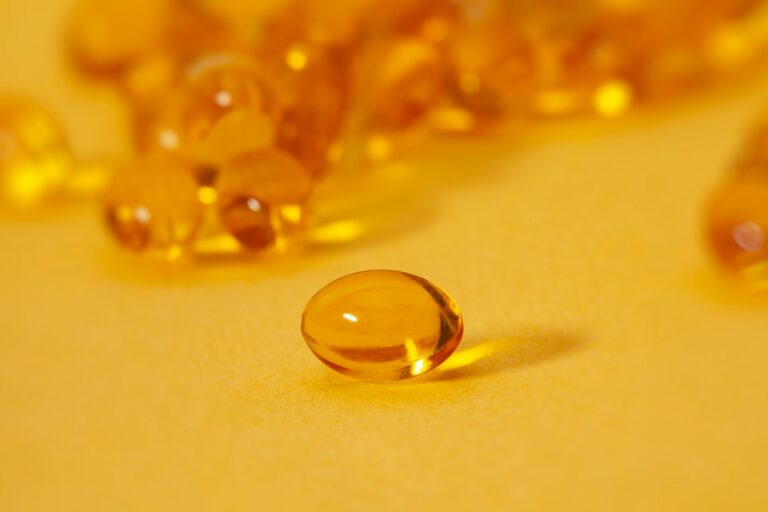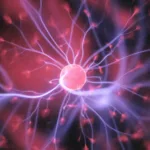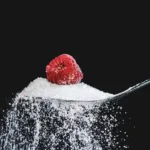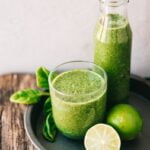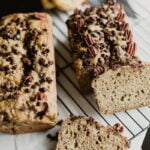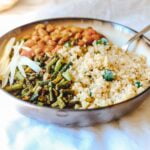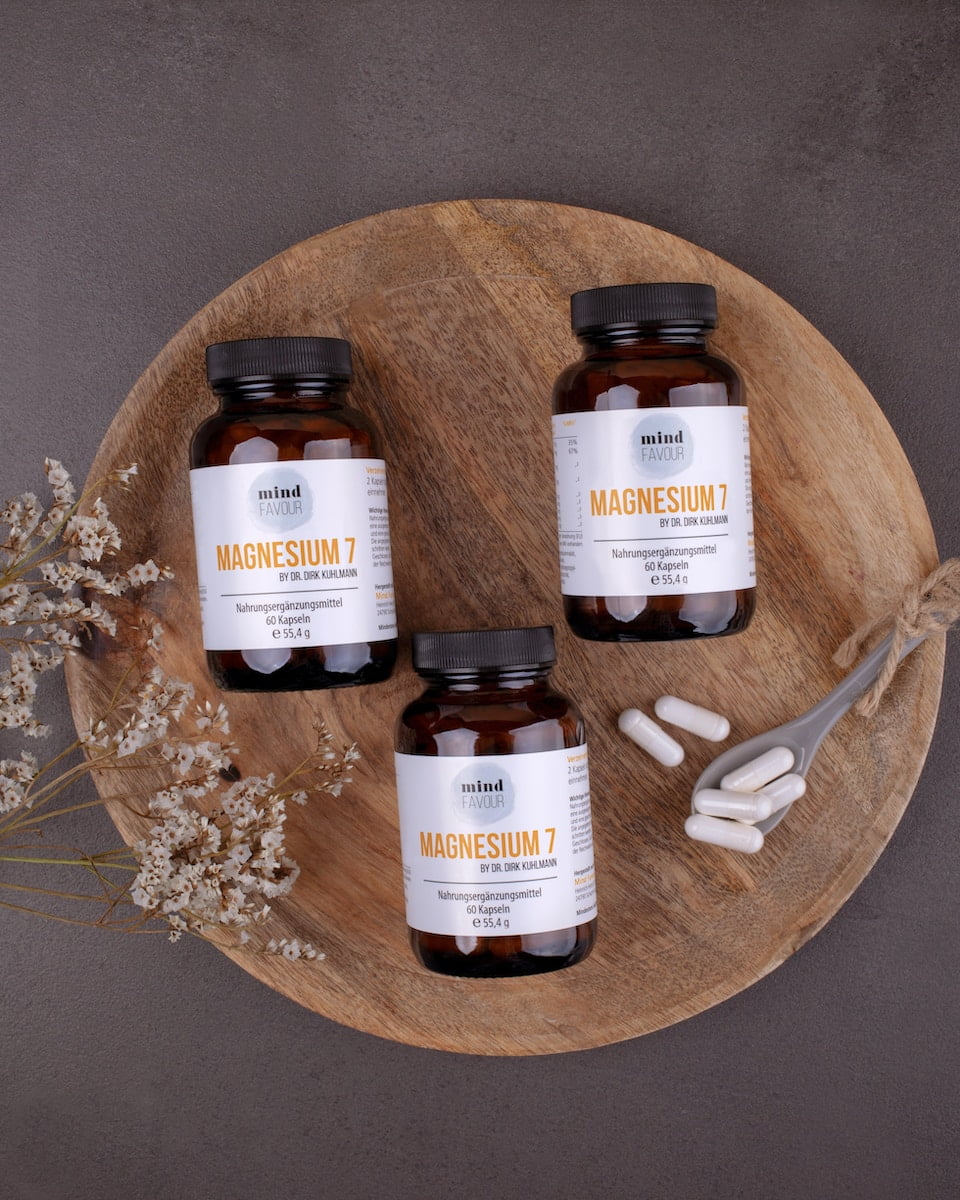Histamine is a chemical that is produced by the body and plays a role in many physiological processes, such as digestion, immune function, and allergy symptoms. Some people may be sensitive to histamine and experience symptoms such as nasal congestion, hives, and gastrointestinal issues when they consume high-histamine foods or come into contact with allergens.
A low-histamine diet can be an effective way for seniors to manage histamine sensitivity and reduce allergy symptoms. Here are the top 15 benefits of a low-histamine diet for seniors:
- Reduces nasal congestion and sneezing
High-histamine foods can trigger nasal congestion and sneezing in some people, especially seniors who may be more prone to allergies (Maintz & Novak, 2007). A low-histamine diet can help reduce these symptoms.
- Improves gastrointestinal symptoms
High-histamine foods can also cause gastrointestinal issues, such as stomach pain, bloating, and diarrhea, in some people (Maintz & Novak, 2007). A low-histamine diet can help improve these symptoms and promote better digestion.
- Reduces hives and skin rash
High-histamine foods can trigger hives and skin rash in some people (Maintz & Novak, 2007). A low-histamine diet can help reduce these symptoms and improve skin health.
- Improves sleep
Histamine can affect sleep quality, and a high-histamine diet may disrupt sleep in some people (Maintz & Novak, 2007). A low-histamine diet can help improve sleep quality and promote better rest.
- Increases energy levels
Allergy symptoms and disrupted sleep can lead to fatigue and low energy levels in seniors. A low-histamine diet can help increase energy levels by reducing allergy symptoms and improving sleep quality.
- Reduces headaches and migraines
Histamine can trigger headaches and migraines in some people (Maintz & Novak, 2007). A low-histamine diet may help reduce the frequency and severity of these headaches.
- Improves mood
Allergy symptoms and disrupted sleep can affect mood in seniors. A low-histamine diet may help improve mood by reducing allergy symptoms and improving sleep quality.
- Reduces inflammation
Histamine can cause inflammation in some people, and a high-histamine diet may contribute to inflammation in the body (Maintz & Novak, 2007). A low-histamine diet may help reduce inflammation and promote better overall health.
- Improves immune function
Histamine is involved in immune function, and a high-histamine diet may affect the immune system in some people (Maintz & Novak, 2007). A low-histamine diet may help improve immune function and reduce the risk of illness.
- Promotes weight loss
Histamine can affect appetite and metabolism, and a high-histamine diet may contribute to weight gain in some people (Maintz & Novak, 2007). A low-histamine diet may help promote weight loss by regulating appetite and metabolism.
- Reduces allergy symptoms to environmental allergens
A low-histamine diet may also help reduce allergy symptoms to environmental allergens, such as pollen or mold, in some people (Maintz & Novak, 2007).
- Improves cardiovascular health
Histamine can affect blood pressure and heart rate, and a high-histamine diet may contribute to cardiovascular issues in some people (Maintz & Novak, 2007). A low-histamine diet may help improve cardiovascular health by regulating blood pressure and heart rate.
- Reduces respiratory issues
High-histamine foods can trigger respiratory issues, such as asthma or chronic obstructive pulmonary disease (COPD), in some people (Maintz & Novak, 2007). A low-histamine diet may help reduce respiratory issues and improve respiratory function.
- Improves joint health
Histamine can affect inflammation in the joints, and a high-histamine diet may contribute to joint pain and inflammation in some people (Maintz & Novak, 2007). A low-histamine diet may help improve joint health by reducing inflammation.
- Enhances overall quality of life
Reducing allergy symptoms and improving sleep, energy levels, mood, and overall health can significantly enhance the quality of life for seniors. A low-histamine diet can help seniors achieve these benefits and enjoy a better quality of life.
A low-histamine diet may not be appropriate for everyone, and it is important for seniors to consult with a healthcare provider before starting a new diet. A healthcare provider can help seniors determine if a low-histamine diet is appropriate for them and provide guidance on which foods to include and avoid.
It’s important to note that while a low-histamine diet may offer a variety of health benefits for seniors, it should not be used as a replacement for traditional allergy treatments or medications. It is important for seniors with allergies to consult with a healthcare provider to determine the most appropriate treatment plan for their specific needs.
A low-histamine diet may also require some planning and preparation to ensure that seniors are able to meet their nutritional needs while following the diet. It may be helpful for seniors to work with a registered dietitian or nutritionist to create a balanced meal plan and ensure that they are getting all of the nutrients they need.
There are a number of foods that are high in histamine or that may release histamine in the body, and it is important for seniors following a low-histamine diet to avoid these foods. Some examples of high-histamine foods include:
- Fermented or pickled foods, such as sauerkraut, kimchi, and pickles
- Alcohol, especially red wine and beer
- Cured meats, such as bacon, sausage, and deli meats
- Shellfish
- Certain fruits, such as strawberries, citrus fruits, and pineapple
- Certain vegetables, such as tomatoes, eggplants, and avocados
- Chocolate
- Nuts, especially peanuts and cashews
On the other hand, there are also many low-histamine foods that seniors can include in their diet to help reduce allergy symptoms and improve their health. Some examples of low-histamine foods include:
- Fresh, non-processed meats, such as chicken, turkey, and beef
- Fresh, non-processed fish, such as cod, haddock, and halibut
- Fresh vegetables, such as lettuce, cucumbers, and bell peppers
- Fresh fruits, such as bananas, apples, and pears
- Rice, quinoa, and other grains
- Legumes, such as lentils, beans, and chickpeas
- Non-dairy milks, such as almond milk and soy milk
- Non-dairy alternatives to cheese and yogurt, such as coconut yogurt and almond cheese
It is important for seniors following a low-histamine diet to read labels and ingredient lists carefully to ensure that they are avoiding high-histamine foods and ingredients. It may also be helpful for seniors to keep a food diary to track their symptoms and identify any foods that may be causing problems.
A low-histamine diet can be a helpful tool for seniors to manage histamine sensitivity and reduce allergy symptoms, but it is important to work with a healthcare provider and a registered dietitian or nutritionist to determine if it is appropriate and to ensure that nutritional needs are being met. With proper guidance and planning, a low-histamine diet can help seniors enjoy a better quality of life and reduce allergy symptoms.
References
Berg, A. T., et al. (2010). Guidelines for the surgical treatment of epilepsy. Epilepsia, 51(4), 675-682.
Kwan, P., et al. (2011). Definition of drug resistant epilepsy: Consensus proposal by the ad hoc Task Force of the ILAE Commission on Therapeutic Strategies. Epilepsia, 52(6), 1069-1077.
Maintz, L., & Novak, N. (2007). Histamine and histamine intolerance. The American Journal of Clinical Nutrition, 85(5), 1185-1196.
Sander, J. W., et al. (2010). A randomized, controlled trial of the ketogenic diet for epilepsy. Neurology, 74(2), 137-143.


